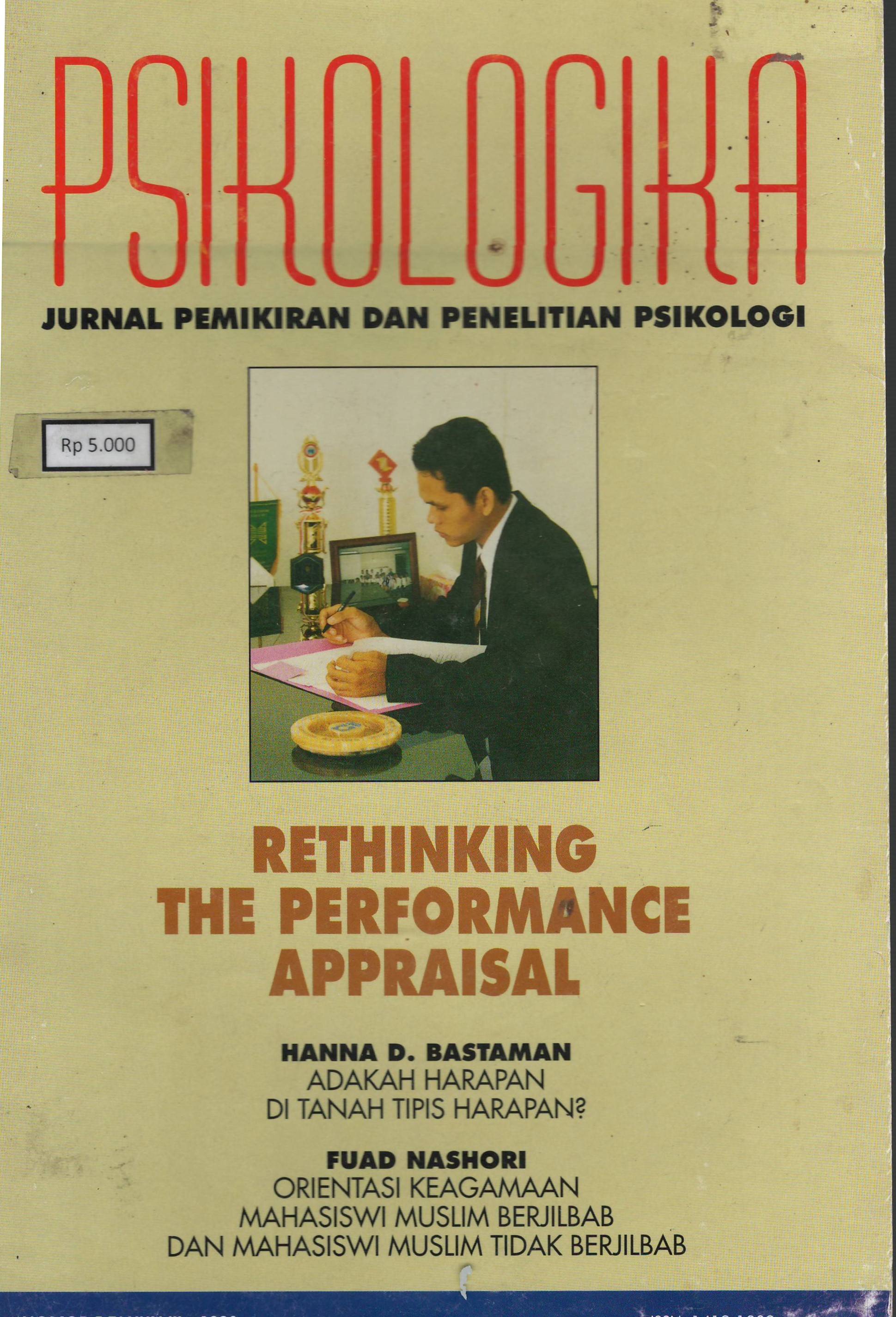Main Article Content
Abstract
There are two main purposes of performance appraisal. First, it is done to evaluate the past performance of employees in order to give sufficient and necessary data for personnel decision making. This calledevaluational purpose. Second, it is be is meant to one of the strategies to motivate employees in order to increase their productivity. This one is called motivational purpose (Roberts & Pavlak, 1996). Most of researches on performance appraisal focused on the appraisal processes that govÂerned by the evaluational paradigm, while motivational purpose. which is also the ultimate purpose of performance appraisal (Roberts & Pavlak,1996), is not widely researched yet (see appendix). This paper discusses the differences between those two paradigms and argue why the focus should be shifted from eva/uffonal to motivational porpuse. The proposed characteristics of a new performance appraisal design is also discussed.
Key Words : Evaluational Paradigm, Motivational Paradigm, PerformanÂ
ce Targeting, &bjedive Judgement, Corrparison Standard.
Article Details
Authors who publish with this journal agree to the following terms:
- Authors retain copyright and grant the journal right of first publication with the work simultaneously licensed under a Creative Commons Attribution-ShareAlike 4.0 International License that allows others to share the work with an acknowledgment of the work's authorship and initial publication in this journal.
- Authors are able to enter into separate, additional contractual arrangements for the non-exclusive distribution of the journal's published version of the work (e.g., post it to an institutional repository or publish it in a book), with an acknowledgment of its initial publication in this journal.
- Authors are permitted and encouraged to post their work online (e.g., in institutional repositories or on their website) prior to and during the submission process, as it can lead to productive exchanges, as well as earlier and greater citation of published work (See The Effect of Open Access).




